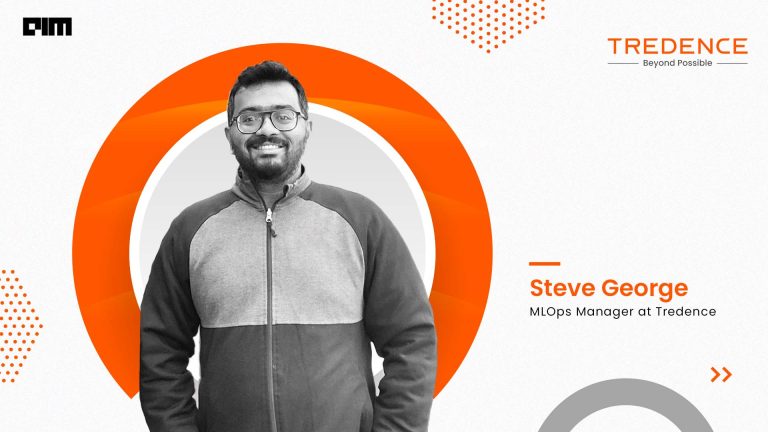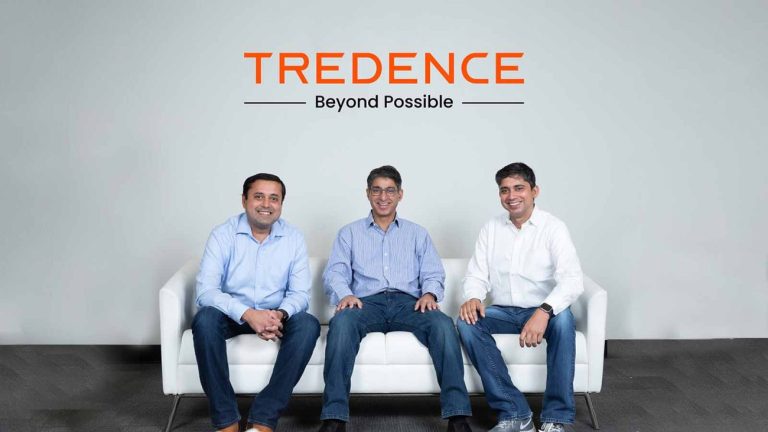In 2023, the top 10 Consumer Packaged Goods (CPG) companies saw growth driven primarily by price hikes while product volume stagnated. With inflation easing in 2024, the focus shifts to cost-cutting, especially in supply chain management and inventory optimization.
“When it comes to CPGs, the biggest cost is the inventory cost. Any CPG, at any given point in time, carries at least two to four months of inventory. Any non-performing inventory in this is a big challenge for them,” said Akshay Panchariya, senior manager, supply chain, Tredence, in an exclusive interview with AIM.
“Reducing waste is key because wasted products mean lost money. It is important for CPG companies to continuously evolve to reduce their wastage, it impacts the bottom line” he added.
According to Panchariya, a three-fold solution to these problems involves AI-driven recommendations to minimize finished goods wastage, optimizing real-time raw material use, and enhanced inventory projections for better collaborative decision-making. ” CPGs must embrace AI and ML solutions to get ready for the future, make smarter moves, and ensure adaptive strategies,” he said.
Embracing AI-ML for Future-Ready CPG Operations
“With the wealth of data available on supply and demand, AI solutions can simplify decision-making processes for CPGs by considering variable such as shipping costs, inventory risk, assessing best-case scenarios, and implementing optimal strategies to minimise wastage while ensuring high customer service levels,” said Panchariya.
He added that flexibility is required in inventory management, with decisions varying from weekly to daily based on real-time data availability. “For instance when for weekly decision making, you can employ open-source algorithms like Python PuLP to create the optimisation model,” he said, adding it is primarily a linear programming model.
“If you want something in near real-time, you might want to use advanced algorithms like CPLEX and Gurobi, for their speed and efficiency in decision-making,” he said, explaining that all these algorithms can be connected to the external source data.
He further highlighted the importance of incorporating external data sources, you are able to consider current market conditions. “External data allows you to assess unforeseen disruptions by looking at news articles and using them as input variables in your optimization model to understand how it will impact you.”
For instance, “With the pirate attacks in the Red Sea area, you need to consider all these factors of ships likely being targeted, etc, when doing an comprehensive inventory optimisation with these advanced values,” he explained.
Addressing SKU Complexity and Consumer Demand Fluctuations
“There’s a lot of unstructured data scattered across various parts of an organisation. From raw materials and production data to supplier data; data related to the inventory, and data concerning customer preferences,” said Panchariya, adding that all this data needs to be in a structured format.
For instance, consider a scenario where a single SKU (stock-keeping unit) is manufactured weekly across two plants. This results in a substantial amount of data – over 100 batches within a year.
Now, extend this complexity to a scale involving 10,000 SKUs across various networks. The challenge of managing inventory for each SKU, considering production schedules, locations, and diverse manufacturing dates, becomes staggering.
Panchariya explained that this is where expertise from Tredence comes into play, “Tredence has pre-built data models for CPGs to feed into the algorithms efficiently for facilitating correct output for decision making as per business needs.” he said.
Advantages of AI-ML Inventory Projections vs Traditional Forecasting
Panchariya classifies AI technology into three categories based on evolution—AI assistance, AI-powered, and Autonomous. “It was an AI assistant a few years ago; now it has become AI-powered, and three years from now, it could become Autonomous,” he said.
“Right now, we are at the AI-powered stage. It makes sure that these AI models enable decision-making, but humans are still the ones to take the final call ” he explained.
“Multi-billion-dollar businesses would never just rely on AI models to make decisions. AI models power them to make the decision,” he added, explaining that supply chain decision-making is now enabled with AI models. It’s about enabling better decisions, not replacing human judgement.
Challenges
Panchariya also addresses that CPG companies need to ensure that AI models do not hallucinate and remain grounded. “Augmenting models like ChatGPT with organisational data and controlling the input into these GPTs is critical for ensuring data security avoiding any unethical practices,” he said.
Final Word/ Conclusion
In conclusion, Panchariya stresses the urgency of adopting these AI-driven solutions to meet 2024’s cost pressures. “For CPG companies, the goal is clear: reduce inventory waste to meet shareholder expectations of cost reduction. Embracing AI and ML is not just a strategy—it’s the need of the hour”

























